 The amazing Amy Lou of Craftwork Somerville is sharing with us some her natural dyeing wisdom. You can catch her class, Kitchen Dyeing, at Herbstalk this Saturday morning at 9am. Thanks, Amy Lou! Turmeric Dyeing by Amy Lou Stein SUPPLIES: Turmeric Item to dye (I used a silk scarf & cotton tea towel) Non-reactive pot (stainless, glass or enamel with no rusting) Gloves (if you like) Resist (string, wood, rocks, rubber bands etc) pH neutral soap 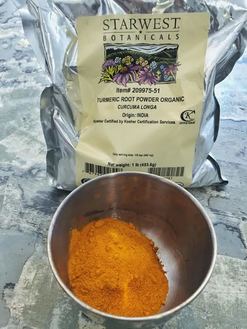 GOOD INFO: Turmeric is considered a fugitive dye. Fugitive dyes fade over time but can always be re-dyed. It is also very pH sensitive so you should always wash it in PH neutral soap. At home and work I only wash my fibers with pH neutral soap. Most natural dyes need a mordant to bond with fiber (metallic salt like alum) but turmeric will dye fibers with out one. WEIGH: Weigh your dry fiber to be dyed then weigh out the correct amount of dye to be used. For turmeric the ratio would be 50% the weight of the fabric. If you were dyeing a 100 gram scarf you would use 50 grams of turmeric. Dyes have different ratios to weight of fiber so you should always check RESIST: If you want patterning on your fabric you need to create a resist where the dye will not bond with the fiber. You can use rubber bands, string, rocks, clamps and more. Seamwork has a great tutorial. WET: Before you dye your fiber you always want to wet it out by soaking it in a bowl of water. This helps with even distribution of the dyestuff. You also want to help dissolve your turmeric by mixing it up in a cup of water before it enters the dye bath DYEBATH: Fill your pot with water and stir in the wetted out turmeric. Add your fiber to dye and bring the pot to around 160 degrees then turn the pot off and let your dyestuff steep for 30 minutes to 2 hours…the longer it steeps the deeper the shade. Be sure to keep stirring for even distribution of color WASH: Once the pot has cooled you can rinse your project in the sink until the water runs clear. Remove the resists (if you used them) and then rinse again using a pH neutral soap. LOVE AND HAPPINESS: Dry your work out of direct sunlight and enjoy your beautiful and naturally dyed fabric. Craftwork Somerville offers classes in all creative arts. We have two amazing dye workshops coming up. Mycopigments with Alissa Allen: Learn to dye with mushrooms using a local pallete. Shibori & Indigo with Kathy Hattori of Botanical colors. Starting in September we will have a new roster of amazing classes so please join our mailing list and stop in and say hi.
|
Archives
November 2023
Categories
All
|
Join the Newsletter!
Receive news about future Herbstalk events
Thank you!
You have successfully joined our subscriber list.
Copyright © Herbstalk 2024

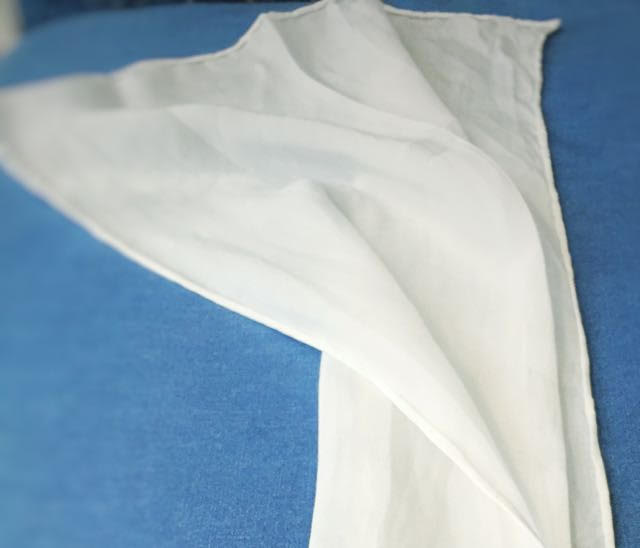
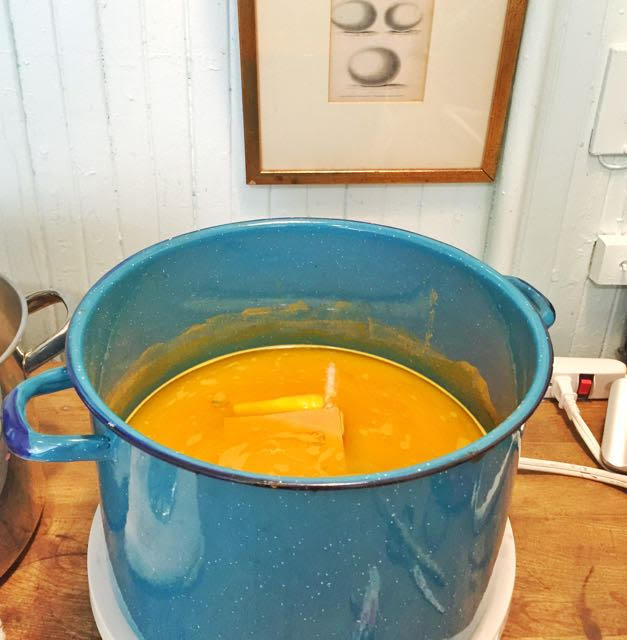
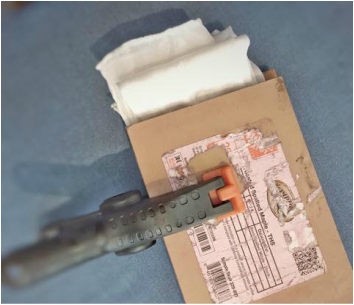
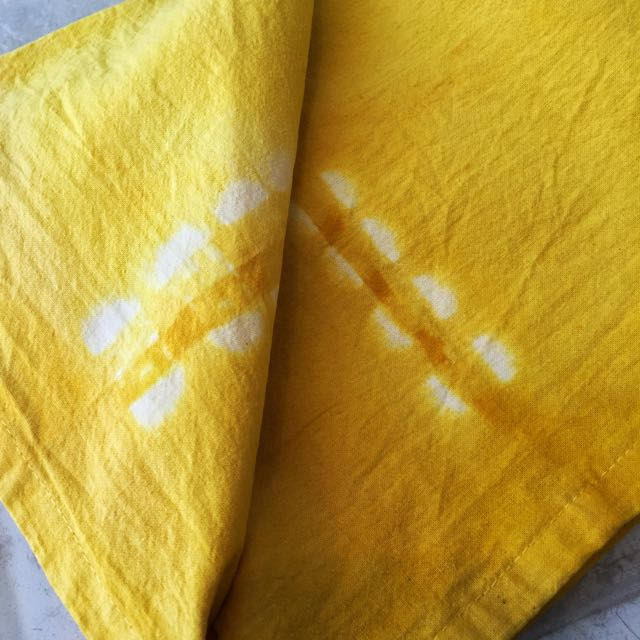
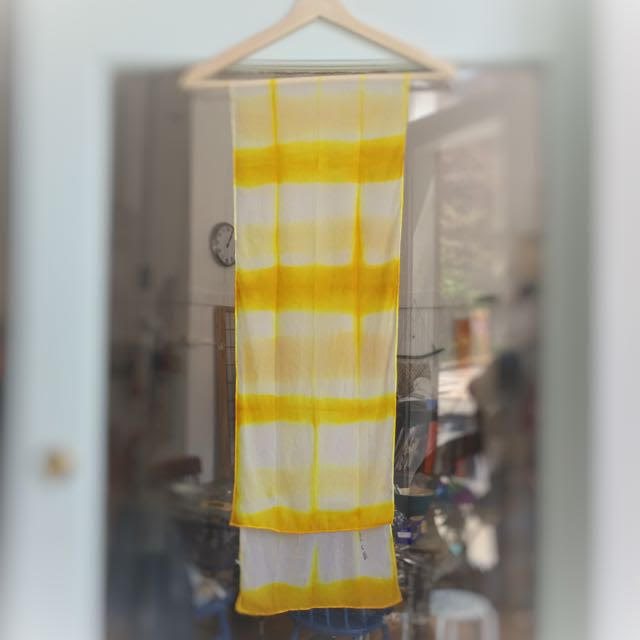
 RSS Feed
RSS Feed